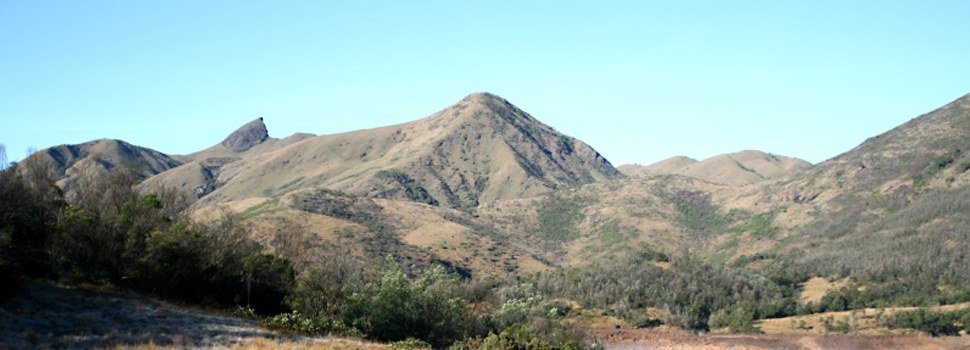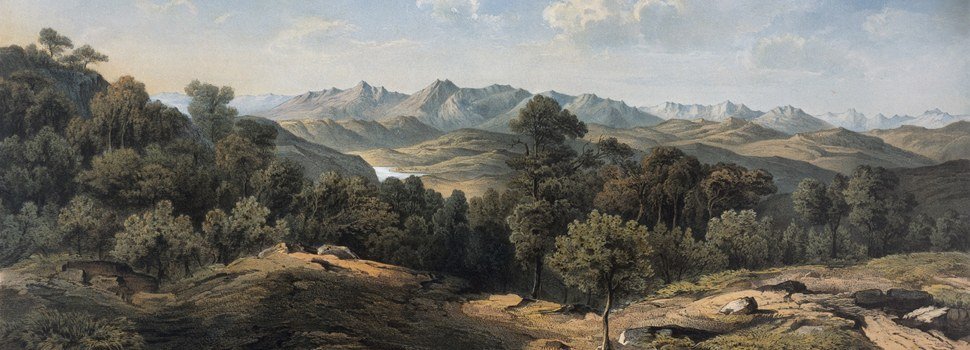Nilgiri History Museum
- Details
- Hits: 557
The Nilgiri History Museum (NHM) which is part of the Nilgiri Documentation Centre is perhaps the only one of its kind in India. The museum contains books, photographs, artifacts etc depicting the pre-history, Tribal history, British colonial history and the modern history of Nilgiris. NHM has been a major attraction to the visitors going by their increasing numbers and their heartening comments in the Visitor’s Book. NHM would continue to procure more Nilgiri related books, artifacts, objects and other display materials of historical and heritage value presently available in libraries and other institutions in UK, USA, France, Switzerland and Germany. The museum eventually seeks to present the comprehensive history of the Nilgiris mountains including tribal and indigenous history, colonial history, development history, hydro-power history, agriculture-horticulture history, forest history, transport and communication history, educational history, institutional history and so on.
The NHM has been functioning in the John Sullivan Memorial since 2006. NDC was instrumental in setting up the memorial in memory of the English administrator who is largely responsible for modern Nilgiris. However, it had to shift to another premises in 2015 after the differences with the local administration which has since taken over the Sullivan Memorial. Efforts are on to find a permanent place for NHM.
Why Document The Nilgiris?
The Nilgiris is one of the intensely documented regions in Asia, according to Prof. Paul Hockings, the author of a full scale bibliography on Nilgiris. The first documented account of Nilgiris was by Giacomo Fenicio dated April 1, 1603.
Geographic, linguistic, antiquarian, botanical and ethnographic accounts of Nilgiris have been documented since 1822. The first geographical and statistical account was by William Keys (1812) followed by B.S. Ward (1821), DeBurgh Birch (1838), John Ouchterlony (1848) and Robert Baikie (1857). The first botanical account was by Leschenault de la Tour (1822) who accompanied Sullivan on his maiden visit to the Nilgiris.
Ethnographic and general documentation of Nilgiris and its people began with Evans Macpherson (1820) followed by James Hough (1829), Henry Harkness (1832), Bernhard Schmid (1837), Harry Congreve (1847), Richard Francis Burton (1851) Rev. Johann Friedrich Metz ( 1856), John Shortt (1868), William Elliot Marshall (1873), James Wilkinson Breeks (1873), Edgar Thurston and S.M. Natesa Sastri(1898) and so on.
From 1807 until about 1857 civil servants and soldiers of East India Company’s Madras Presidency documented the healthfulness of the district and possibility of establishing a hill station there for Europeans. From 1857 onwards the documentation on Nilgiris covered tourist guides, reminisces of sportsmen, accounts of missionaries and travelers.
In the absence of any comprehensive guidebooks on the district, the Government ordered for the preparation of the Manual for The Nilgiris by H.B. Grigg 1880. When the District Manual became out of date, they were revised and retitled as District Gazetteer by W. Francis in 1908.
20th century witnessed increased interest in the Nilgiris by researchers and scholars from abroad as well as from India including from the district itself. Under natural sciences can be mentioned Francois Blasco (1971), P.F.Fyson (1915-20), J.S.Gamble (1915-21), F.E.Poirier (1967), V.M.Meher-Homji (1965) and Vishnu-Mittre (1974). On the human sciences the contributions were higher including A. Aiyappan (1948), M.K.Bellie Gowder (1923-41), H.P. Blavatsky (1925), W.F.F.Fletcher (1911), Christophe von Furer- Haimendorf (1954), Mollie Panter-Downes (1967), H.R.H. Peter, Prince of Greece and Denmark (1951), A. Dharmalingam (1945-71) and Philo Hirudayanath (1950-70).
Today Nilgiri studies have acquired a status of being called Nilgiriology, a status unique to any small mountain district anywhere in the world.












